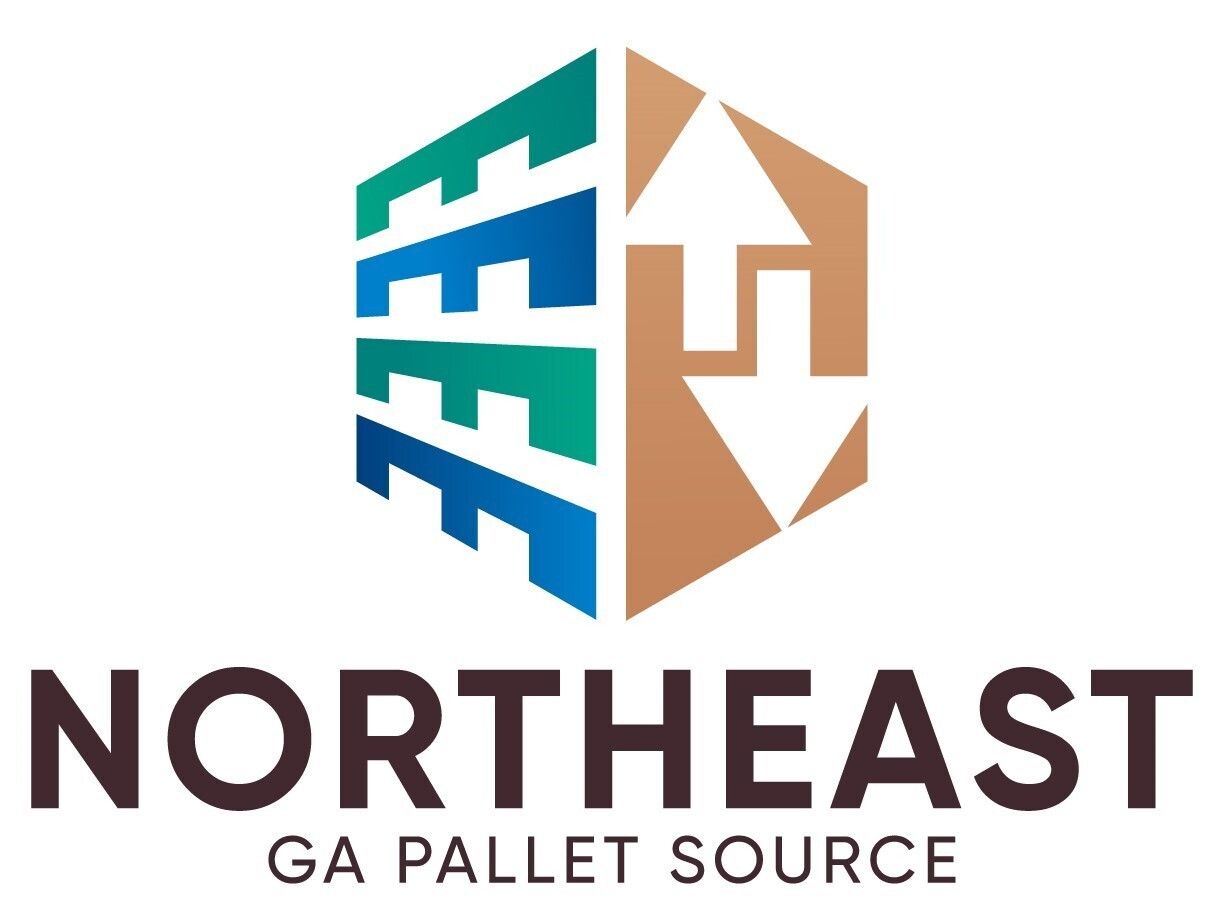
What Is A B Grade Pallet?
A "B-grade pallet" typically refers to a wooden pallet that does not meet the strict quality standards of an "A-grade" or "premium" pallet. Pallets are often used for transporting goods and materials, and they come in various grades based on their condition and durability.
B-grade pallets are usually functional but may have some imperfections or flaws that make them less desirable than A-grade pallets. These imperfections could include:
Split or cracked boards: Some of the wooden boards making up the pallet may be split or cracked, reducing the pallet's load-bearing capacity.
Warping: B-grade pallets may have boards that are slightly warped or uneven, making them less stable. Loose or missing boards: Some boards may be loose or missing, which can affect the pallet's overall strength.
Stains or discoloration: B-grade pallets may have stains or discolorations, which do not affect their functionality but may make them less visually appealing.
Rust or corrosion: B-grade pallets may have metal components, such as nails or staples, that show signs of rust or corrosion.
Despite these imperfections, B-grade pallets are often still suitable for shipping and storage purposes, especially for items that don't require a pristine appearance or are not overly heavy. They are typically less expensive than A-grade pallets and can be a cost-effective choice for businesses that need pallets for logistics and distribution. However, it's essential to assess the specific condition of B-grade pallets to ensure they meet the requirements of your intended use.
B-grade pallets are usually functional but may have some imperfections or flaws that make them less desirable than A-grade pallets. These imperfections could include:
Split or cracked boards: Some of the wooden boards making up the pallet may be split or cracked, reducing the pallet's load-bearing capacity.
Warping: B-grade pallets may have boards that are slightly warped or uneven, making them less stable. Loose or missing boards: Some boards may be loose or missing, which can affect the pallet's overall strength.
Stains or discoloration: B-grade pallets may have stains or discolorations, which do not affect their functionality but may make them less visually appealing.
Rust or corrosion: B-grade pallets may have metal components, such as nails or staples, that show signs of rust or corrosion.
Despite these imperfections, B-grade pallets are often still suitable for shipping and storage purposes, especially for items that don't require a pristine appearance or are not overly heavy. They are typically less expensive than A-grade pallets and can be a cost-effective choice for businesses that need pallets for logistics and distribution. However, it's essential to assess the specific condition of B-grade pallets to ensure they meet the requirements of your intended use.
